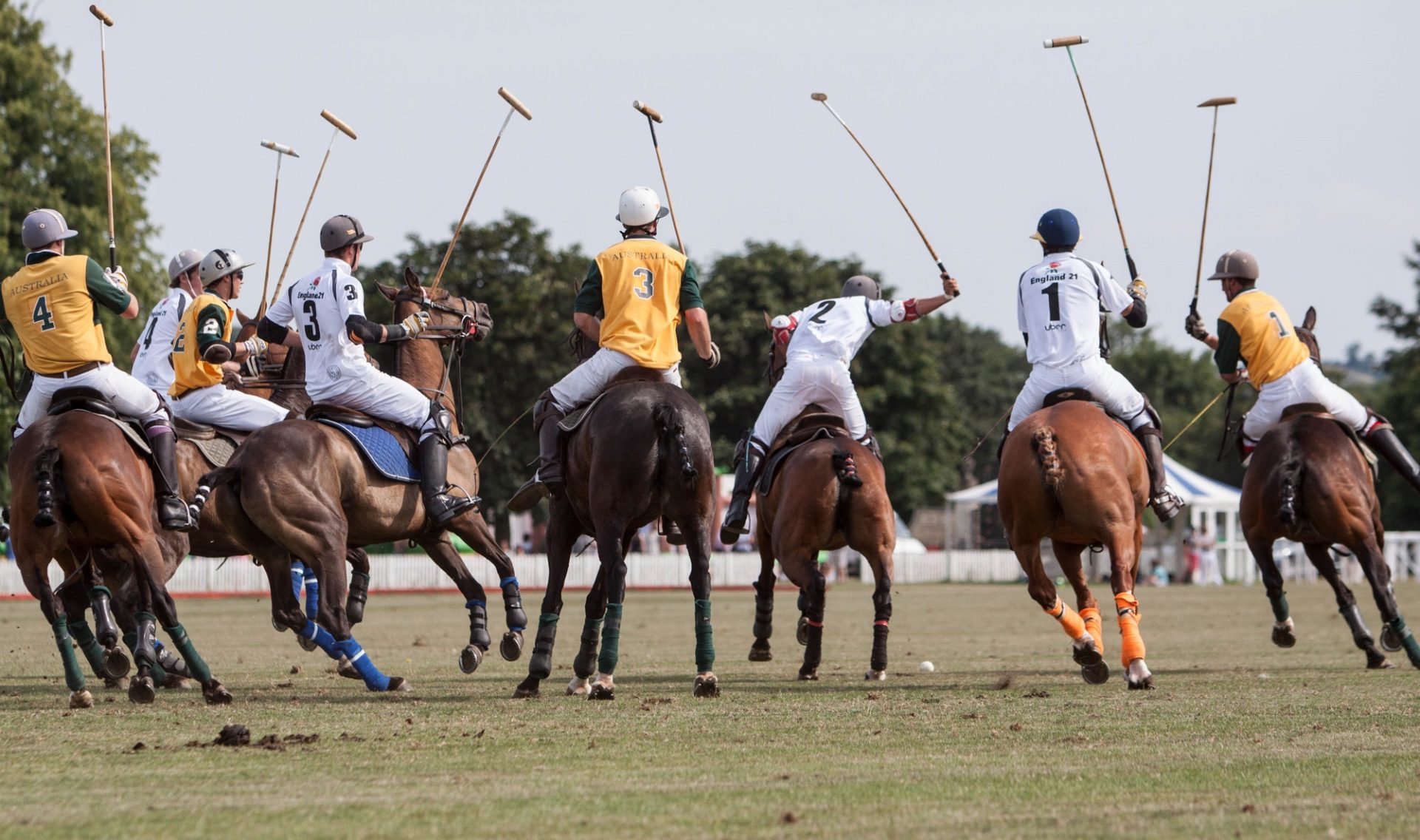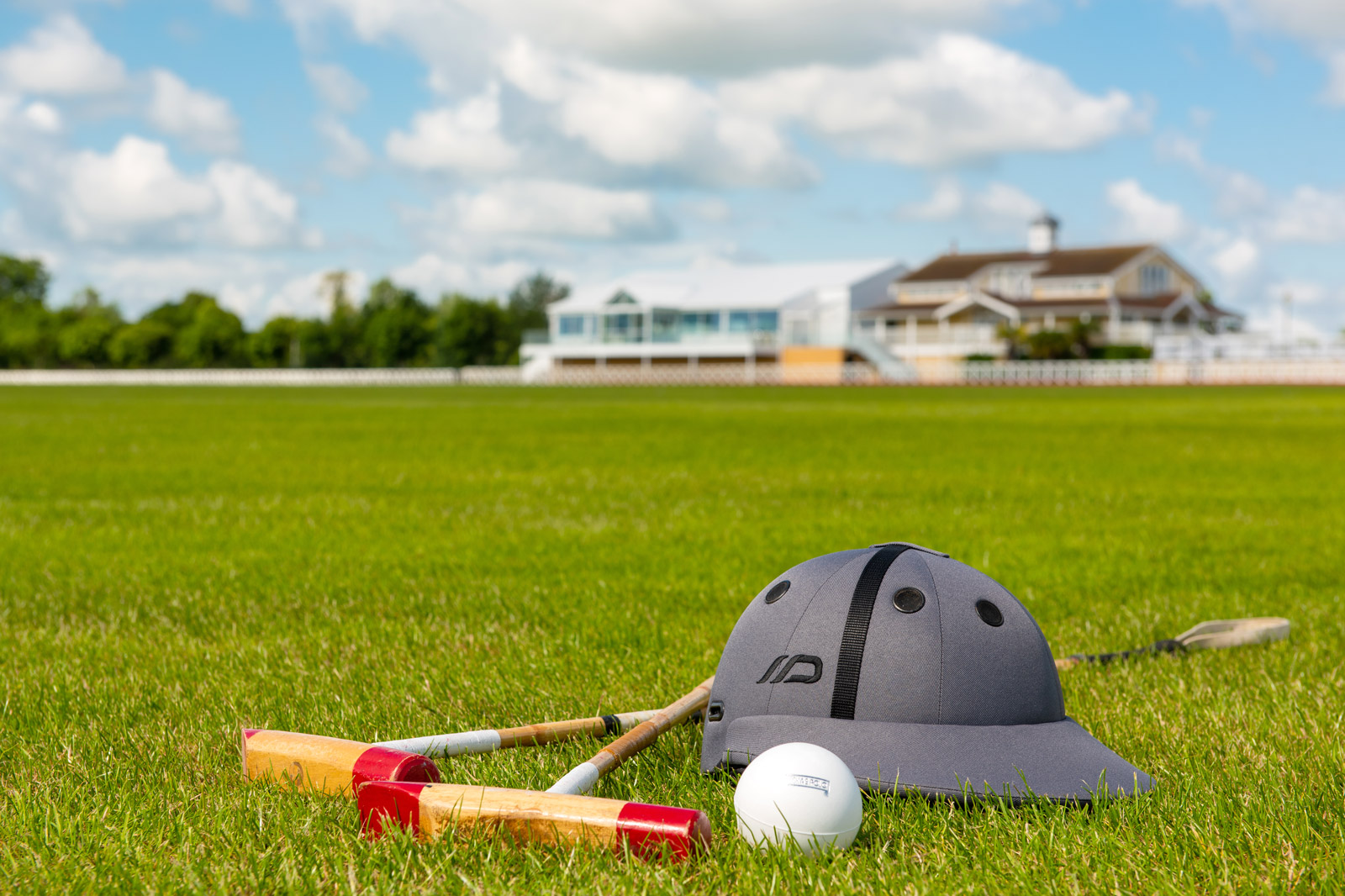Polo Players Are Prone To Injuries

Polo differs from all other physical activities in that it is a contact sport in which a single participant is created from the amalgamation of a person and an animal. Not only adding to the complexity of the game, this also increases the variables that are at play, which can mean more potential for injury. On top of the man-and-horse partnership, the equipment involved can also present potential hazards – a 9 cm plastic ball hit at speeds of up to 96 miles per hour, and a 48- to 54-inch-long mallet with a bamboo shaft and hardwood mallet. Polo is thus considered a high risk sport. Although the number of incidents is comparable, if not less than, other sporting fields, the severity of the injuries sustained in polo is generally higher than in other games, meaning polo players are at placing themselves in a physically risky situation just by stepping out on the pitch.
Main Causes Of Injuries To A Polo Player
The main bulk of injuries observed in polo players can be classed into two groups: overuse and traumatic. Overuse injuries are often sustained through overtraining, poor technique, muscle weakness and gradual wear and tear. Even the stance adopted on the horse can lead to future problems, with postural imbalances a common occurrence in players. As the sport has to be played right handed the majority of players become significantly tight and overdeveloped on their right side, which in the long term can lead to further problems such as joint dysfunction, restricted movement and prolonged pain.
Injuries in the hands and wrists can also be borne from overuse, with both tendinitis and osteoarthritis aggravated by hand positioning and the gripping of reigns and the mallet. Osteoarthritis of the shoulder is another potential outcome, caused by its rotation in order to manipulate the ball.
Falls and Collisions
Trauma-induced injuries are often more shocking and serious, and can result from falls from the horse or collisions with other players or equipment. From minor facial lacerations to paralysis, traumatic injuries can cause a wide range of outcomes, with varying degrees of impact on the players’ polo ability and wider lives. Fractures are a common occurrence, mostly resulting from falling from the horse, and can impact a host of regions in the body from the feet to the nose. As is also common in cycling, collarbone, or clavicle, fractures are often observed in polo players, resulting from the strong force on the arm and shoulder girdle if thrown off the horse.
Helmets Help To Prevent Injuries To Polo Players
 Injuries to the head are also quite prevalent, with concussion often experienced following trauma to this area. The head and spine are the areas in which the most damage can be done; damage which can go far beyond missing the next match. But the helmet and face protector used by polo players goes a long way to help reduce these risks and improve the outcomes when collisions and falls do, unfortunately, happen.
Injuries to the head are also quite prevalent, with concussion often experienced following trauma to this area. The head and spine are the areas in which the most damage can be done; damage which can go far beyond missing the next match. But the helmet and face protector used by polo players goes a long way to help reduce these risks and improve the outcomes when collisions and falls do, unfortunately, happen.
So next time you watch a Polo Match at Dallas Burston Polo Club spare a thought for the Polo Players, they may make the game look easy, but they may be suffering inside!






